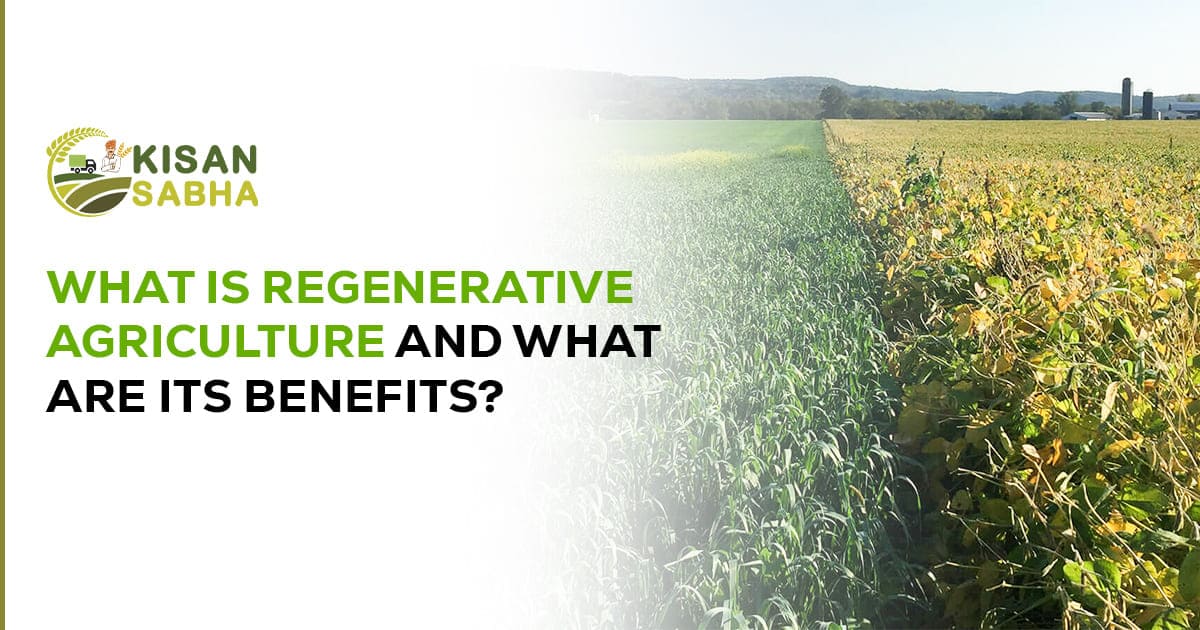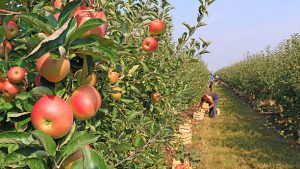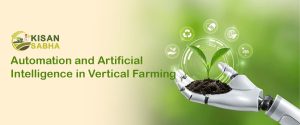As the world grapples with climate change, environmental degradation, and food security challenges, regenerative agriculture has emerged as a beacon of hope. This innovative approach to farming offers a sustainable solution to these pressing issues and has the potential to revolutionize the way we produce food. In this article, we will delve into the benefits of regenerative agriculture, exploring its principles, advantages, and the impact it can have on our planet.
What is Regenerative Agriculture?
Regenerative agriculture is an approach to farming that prioritizes soil health, biodiversity, and ecosystem services. It involves a set of practices that aim to regenerate the natural resources used in agriculture, rather than depleting them. This approach is based on the understanding that soil is a living ecosystem that requires careful management to maintain its fertility, structure, and biodiversity.
They seek to mimic nature’s processes, using techniques such as no-till or reduced-till farming, cover cropping, crop rotation, and integrating livestock grazing to promote soil health. The techniques improve the resources they use, not diminish them. The ultimate goal is to develop and improve our resources rather than merely maintaining them.
Regenerative agriculture is a set of agricultural practices that aim to improve the natural quality of the soil. That is, to improve the fertility of depleted or diseased soils. These approaches are largely based on historic and natural agriculture practices from around the world, as well as recent research and innovations in the field of sustainable agriculture. It is especially effective in dry locations where the soil has been subjected to the rigors of traditional agriculture. It also helps to keep CO2 in check and sequester it, aiding the fight against climate change.
Regenerative Agriculture vs. Conventional Agriculture
Traditional agriculture encompasses the development of genetically modified seeds through a variety of traditional breeding procedures that omit biotechnology. They are not organically certified.
There are many traditional agricultural stages before we get to sustainability. Furthermore, organic sales have increased in every food category. Regenerative practices, as well as meat and produce, accelerate the process. Aside from reducing pesticides and yielding a better and more nutritious harvest, purchasing sustainably grown items contributes to the reversal of climate change as well as the recovery of our oils.
How can Farmers Benefit from Regenerative Agriculture?
A regenerative agriculture system’s primary achievement is improving soil health, which should be our focus for increasing soil carbon content. When farmers prioritize carbon, an astonishing chain of events develops.
Photosynthesis produces carbon. Plants then release this carbon into the soil as a result of the photosynthetic process. When this happens, your plant’s capacity to hold water, nutrient cycling, and overall health improve. Healthier plants may photosynthesize faster and feed microorganisms, creating a positive feedback loop. Higher yield is one of the advantages of better-performing plants. The cycle continues.
Three elements influence gain and loss and should be considered by the regenerative agricultural system:
- Increase both the yield and the quality of the yield.
- Increase your earnings.
- Lower the price of farm inputs.
Also Read:- Understand The Various Applications Of Tractors In Agriculture
What are the Environmental Benefits of Regenerative Agriculture?
Our food, fiber, flora, and energy — our existence’s foundation–depend on good soils, which sustain farming and ranching communities. When regenerative agriculture addresses the food chain from top to bottom, it will restore the basis for survival.
- Carbon Sequestration:- It has the potential to sequester significant amounts of carbon dioxide from the atmosphere, mitigating climate change. Healthy soils can store up to 3 times more carbon than the atmosphere and vegetation combined.
- Soil Erosion Reduction:- Regenerative practices reduce soil erosion by up to 90%, preserving soil health and reducing sedimentation in waterways.
- Water Conservation:- Regenerative agriculture promotes water conservation by increasing soil water retention, reducing evapotranspiration, and improving water use efficiency.
- Biodiversity Conservation:- Regenerative agriculture promotes biodiversity by creating habitat for beneficial insects, pollinators, and microorganisms, which are essential for ecosystem services.
- Pollution Reduction:- Regenerative agriculture minimizes the use of synthetic fertilizers, pesticides, and herbicides, reducing environmental pollution and promoting a healthier environment.
- Improved Air Quality:- Regenerative agriculture reduces atmospheric pollution by minimizing the use of synthetic fertilizers, which are a significant source of nitrous oxide emissions.
- Soil Biota Enhancement:- Regenerative agriculture promotes soil biota, which is essential for ecosystem services such as decomposition, nutrient cycling, and carbon sequestration.
Conclusion
Regenerative agriculture offers a powerful solution to the environmental, social, and economic challenges facing our planet. By adopting regenerative practices, we can promote soil health, biodiversity, and ecosystem services, while producing nutritious food and supporting rural development. While challenges exist, the opportunities presented by regenerative agriculture are vast. And with collective action, we can unlock a sustainable future for our planet.




